Why Go to CES if You are into Healthtech?
If you are in the health technology world and you haven’t been to CES, it is worth a visit. It is an opportunity to see what companies are doing and hear what everyone is thinking about in the world of consumer electronics. But most importantly, CES is the perfect place to jump start your product strategy for 2020 and beyond!
This year, I enjoyed hearing about Walmart’s strategy in healthcare (can they disrupt the industry?), learning about platforms that have been developed to empower patients by aggregating wearable, EMR and insurance information (thanks Kristen for the enlightenment) and challenging my own notions about home health monitoring through the lens of the President of Best Buy Health (can Best Buy leverage the Geek Squad to support aging in place?).
What I also observed was a continued blurring of the lines between consumer health and medical devices. From a product design and development perspective, the same technologies that are going into medical devices are being implemented in direct to consumer applications.
And from a healthtec devices perspective, there is no end to the things that people are creating and selling. Some seem targeted at consumers with way too much money on their hands, and others show promise to change the way consumers, patients, providers and health systems think about healthcare delivery. In this blog, I wanted to highlight a few themes and products that gave me hope for a brighter tomorrow.
The first theme that I wanted to address:
How do we manage patients outside of the hospital or clinic?
Last year, my favorite healthcare product was what I called a “telemedicine enhancer” from a company called TytoCare. This year, I saw multiple products that were focused on tools to support at-home care and telemedicine services.
The first product that I liked was from a startup called Aidar Health. I spoke to their CEO, Sathya Elumalai, about their product and vision. They were exhibiting as part of the AARP booth and have been supported by the AARP Innovation Lab. Their product supports the collection of multiple biometric measures through their all-in-one product and communicating that data to a provider in real-time.
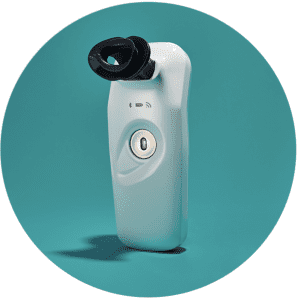
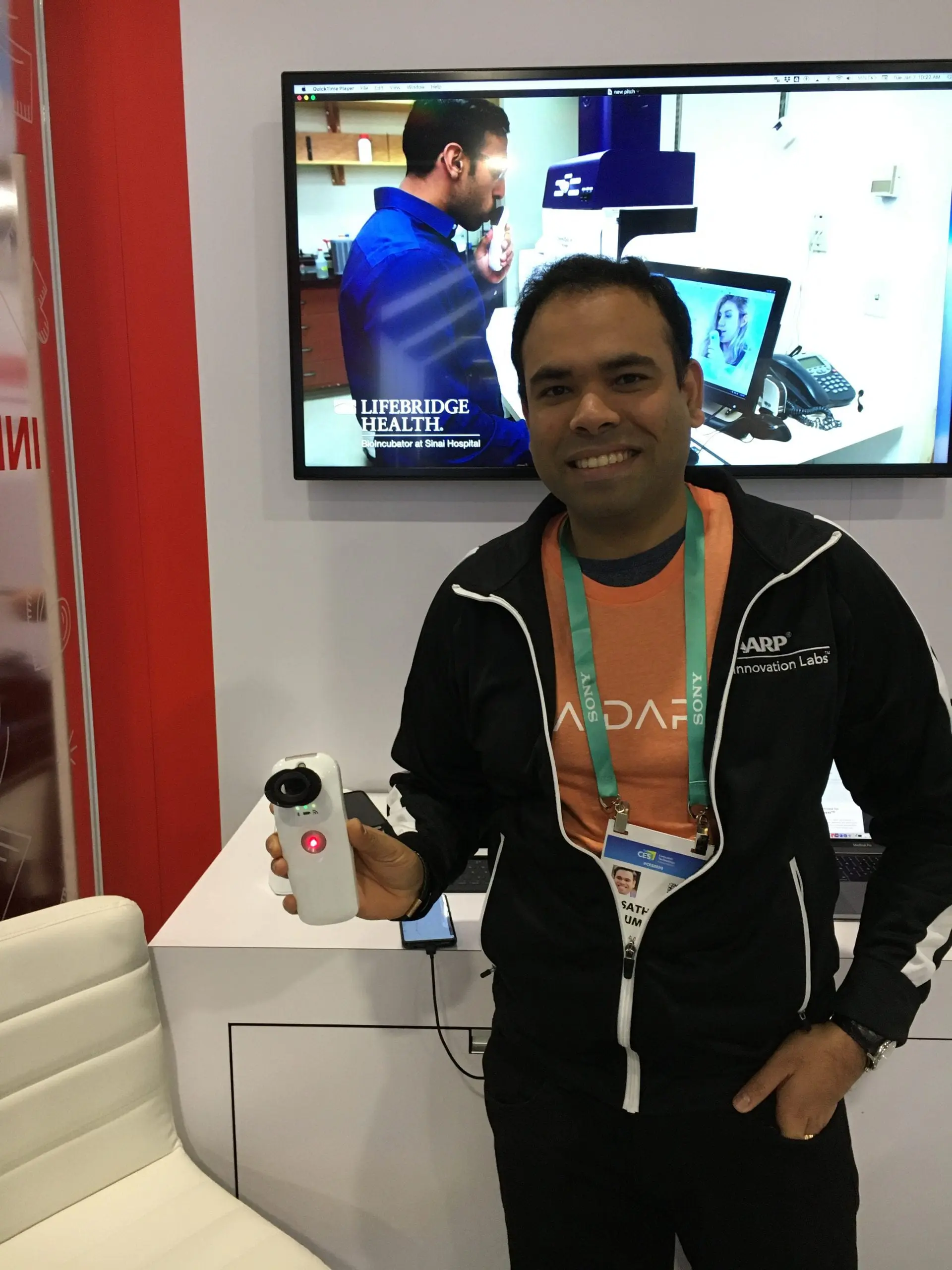
Pictured above, their MouthLab™ is a non-invasive, hand-held device designed to be used at outside of the clinic and in the home. It is cost-effective and as easy to use as a digital thermometer, yet capable of measuring multiple vital health parameters such as respiratory rate and pattern, pulse rate, ECG, SpO2 (oxygen saturation), temperature, heart rate, heart rate variability, blood pressure, and spirometric lung functions. Combined with a cloud-based analytics platform powered by AI and machine learning algorithms, health status and disease progression are able to be identified analyzed, and predicted early enough to intervene and provide appropriate care — all at home!
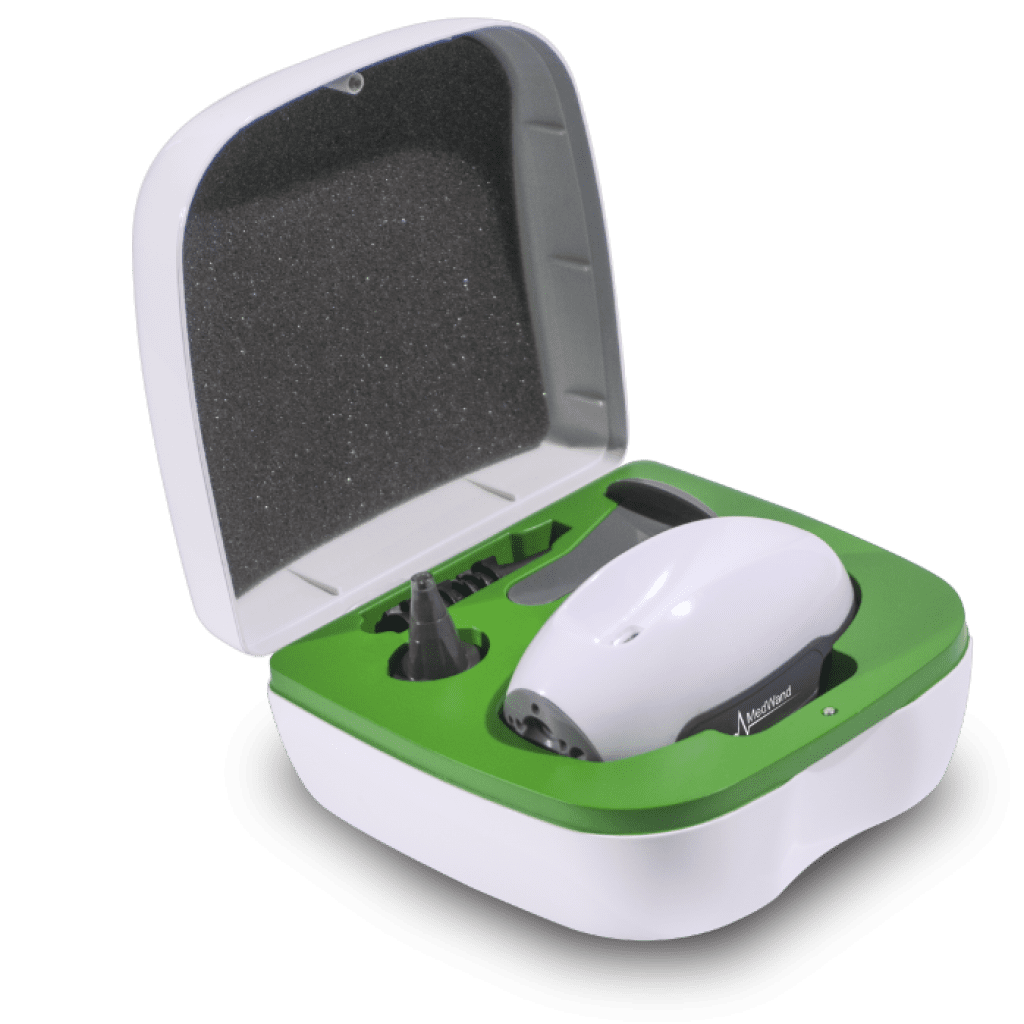
The second product in this category that I found interesting was the MedWand from MedWand Solutions. This product is focused on facilitating telemedicine by combining video and sensors to capture vitals and see the patient (and their eyes, nose, throat, skin, etc.) in real-time. If telemedicine is going to reach into the home and effectively diagnose, then the clinician must have access to information. This could be the path to streamlining that information — well done MedWand!
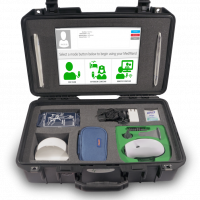
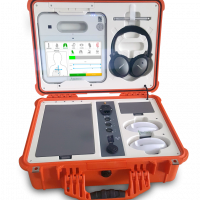
The third product which intrigued me was the DnaNudge. Not because I am particularly interested in knowing that I should not eat as many dark chocolate covered almonds or that I have a predisposition toward raspberry scones, but the application of DNA tests to help us change behavior.
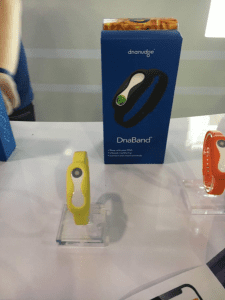
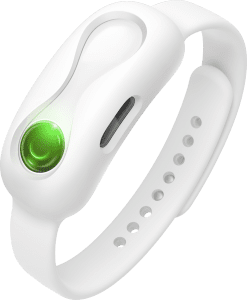
What I do know is that changing behavior is always challenging, and this product opened my eyes to the potential of using our own biology to help modify our behavior. How we leverage this to impact the social determinants of health will hopefully be covered at next year’s CES.
The last product I wanted to highlight was from a french company called BodyO.
“BodyO’s AI POD offers a self-service one-stop full body digital scanner that features 19 measurements with the ability to track a wide range of vital health indicators in just 10 minutes!”
It was interesting to see that they have diverged from the traditional idea of a wearable, where telemedicine is conducted via your laptop, phone or tablet model. Who wants a giant piece of hardware when you can wear a watch and connect to a doctor in real-time on your laptop? However, In this case, Bodyo provides a self-contained unit to enable evaluation, prediction and prevention and potentially intervention.
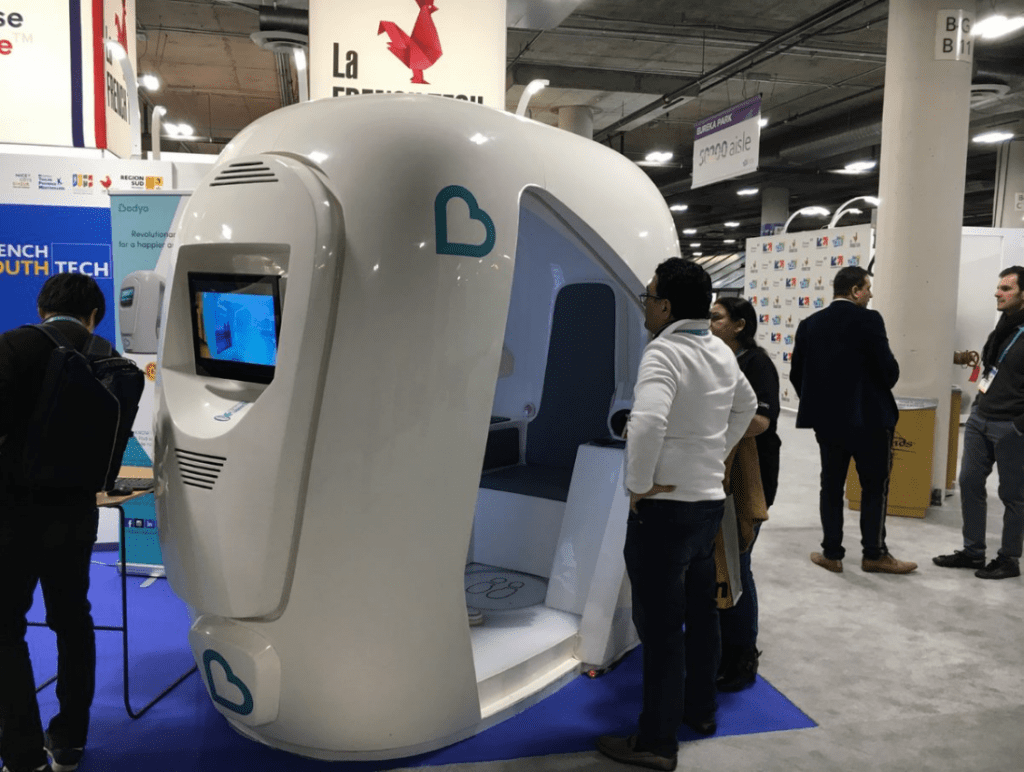
I could imagine a company could have a unit like this for their employees, and insurance companies could incentivize people to use it, and that it could be smart enough to recognize when you need to see your doctor. The fact that it is self-contained could ensure privacy and because it is a controlled unit, Bodyo could update the software regularly and remotely to expand functionality (…think Tesla software updates). Ok, this did cross my mind… If it is going to eventually be used for consultations, I am not sure I will be the person racing to Bodyo to follow my colleague who is experiencing flu-Like symptoms. On the other hand, can I link this to my Strava feed and get regular health reports? If so, I’m literally “in”!






